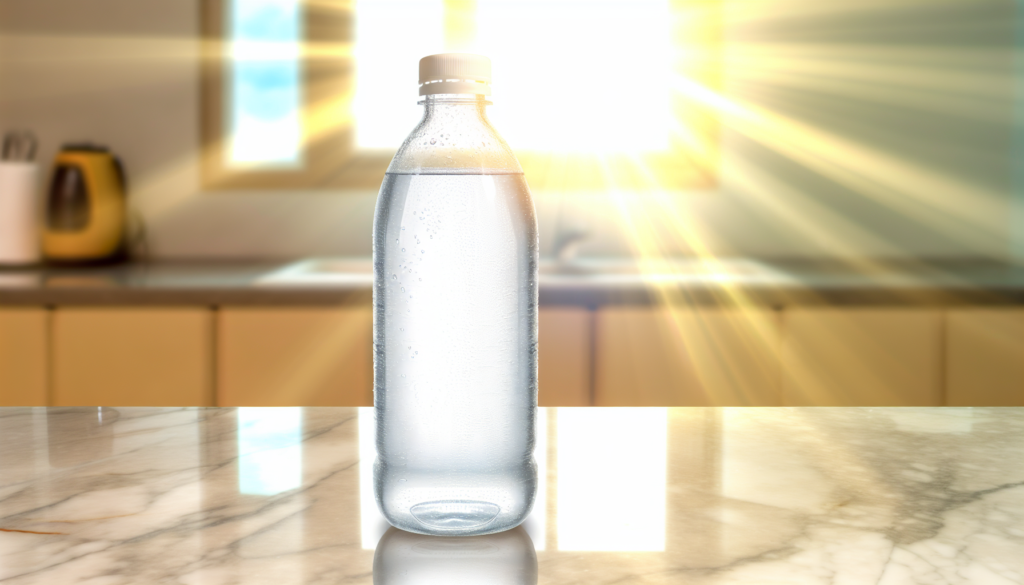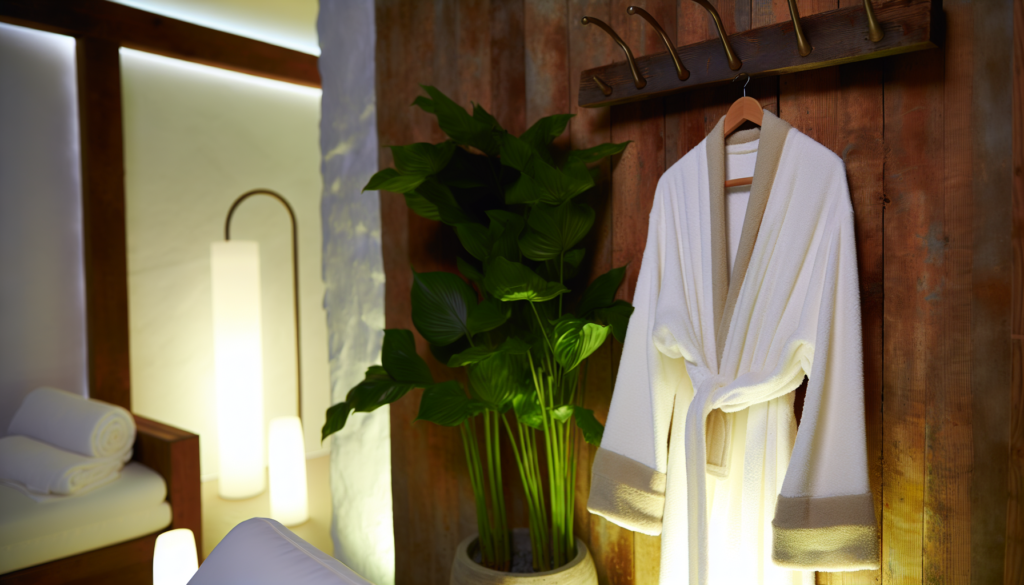Creating lifelike portraits with acrylics starts with choosing the right skin tone paints. Nothing brings a portrait to life quite like accurately captured skin tones that reflect the beautiful diversity of human complexions. Whether you’re a seasoned artist or just beginning your portrait journey, the paints you select can make all the difference between a flat representation and a vibrant, dimension-filled skin tone portrait that seems to breathe on the canvas. Let’s explore the best acrylic paint options that will help you achieve stunning, realistic skin tones in your artwork.
Why Skin Tone Acrylic Paints Matter in Portrait Art
Creating realistic portraits isn’t just about technique—it begins with your paint selection. The right acrylic paints can dramatically enhance your ability to capture the subtle undertones and variations that make human skin appear three-dimensional and lifelike.
Unlike other subjects, skin tones contain complex combinations of colors that vary widely across different ethnicities and lighting conditions. From the cooler undertones of fairer complexions to the rich, warm depths of darker skin, each requires specific pigment combinations to appear authentic.
Many beginners make the mistake of relying solely on “flesh-colored” paints, which typically represent only one narrow range of skin tones. Professional portrait artists know that creating realistic skin requires layering multiple colors to build depth and dimension.
Best Acrylic Paint Brands for Skin Tones
Golden Heavy Body Acrylics
Golden sets the standard for professional-grade acrylics with their Heavy Body line. Their Titan Buff, Yellow Ochre, and Quinacridone colors provide exceptional mixing possibilities for a wide range of skin tones. What sets Golden apart is their pigment load—these paints contain a higher concentration of pigment, allowing for more vibrant mixing without muddiness.
Liquitex Professional
Liquitex Professional offers excellent opacity and color retention, crucial for building layers in portrait work. Their Burnt Sienna, Raw Sienna, and Naples Yellow Hue are staples for creating warm undertones in diverse skin colors. The consistency of these paints strikes a perfect balance—thick enough to maintain control but fluid enough for seamless blending.
Winsor & Newton Professional Acrylics
Winsor & Newton’s Professional line delivers exceptional lightfastness, ensuring your portraits won’t fade over time. Their Titanium White is particularly creamy and perfect for highlights, while their Burnt Umber provides rich dark values. Many artists appreciate their Flesh Tint as a starting point, though you’ll want to customize from there.
Affordable Options: Arteza and Crafts 4 ALL
For beginners or artists on a budget, Arteza and Crafts 4 ALL offer decent-quality skin tone sets at more accessible price points. While they may require more layering to achieve the same richness as premium brands, they provide a good introduction to skin tone mixing without breaking the bank.
Essential Colors for Your Skin Tone Palette
Rather than buying pre-mixed skin tone sets, most professional portrait artists prefer building their palette with these fundamental colors:
With just these seven colors, you can mix almost any skin tone imaginable. The key is understanding that real skin contains all these colors in varying proportions—it’s never just “beige” or “brown.”
Mixing Techniques for Realistic Skin Tones
Achieving realistic skin tones requires more than just the right paints—it’s about how you mix and layer them. Here’s a simple approach to get you started:
For Lighter Skin Tones
Begin with a base of Titanium White with small amounts of Yellow Ochre and Cadmium Red Light. Add tiny touches of Burnt Sienna for warmth. For cooler undertones prevalent in some complexions, incorporate a speck of Ultramarine Blue.
For Medium Skin Tones
Start with Yellow Ochre as your base, adding Burnt Sienna for warmth and small amounts of Titanium White to lighten as needed. A touch of Quinacridone Magenta can add life to Mediterranean or Latin complexions.
For Darker Skin Tones
Begin with Burnt Sienna and Raw Umber as your base, adding Yellow Ochre for warmth and richness. Contrary to common misconceptions, darker skin tones often have more vibrant undertones, so don’t be afraid to incorporate small amounts of reds and purples for dimension.
Beyond Basic Mixing: Advanced Techniques
Once you’ve mastered basic mixing, try these techniques to elevate your portrait work:
Glazing for Depth
Apply thin, translucent layers of color over dry paint to build subtle complexity. For example, a very thin glaze of Quinacridone Red over cheekbones can create natural flushing.
Color Zoning
Recognize that different areas of the face have different color tendencies. Cheeks and nose typically have more red, while the forehead may have more yellow undertones. Temples often have blue-green undertones visible beneath the skin.
Common Mistakes to Avoid
In your journey to master skin tone portraits, watch out for these pitfalls:
Conclusion
Mastering skin tones in acrylic portraiture is a rewarding journey that transforms your artwork from basic to breathtaking. By investing in quality paints and understanding the complex color theories behind realistic skin tone acrylic portraits, you’ll be well on your way to creating stunning, lifelike representations of the human form. Remember that observation is your greatest tool—study the subtle color variations in the people around you, and don’t be afraid to experiment with your palette. With practice and the right materials, you’ll soon be creating portraits that capture not just a person’s appearance, but their essence and vitality as well.







